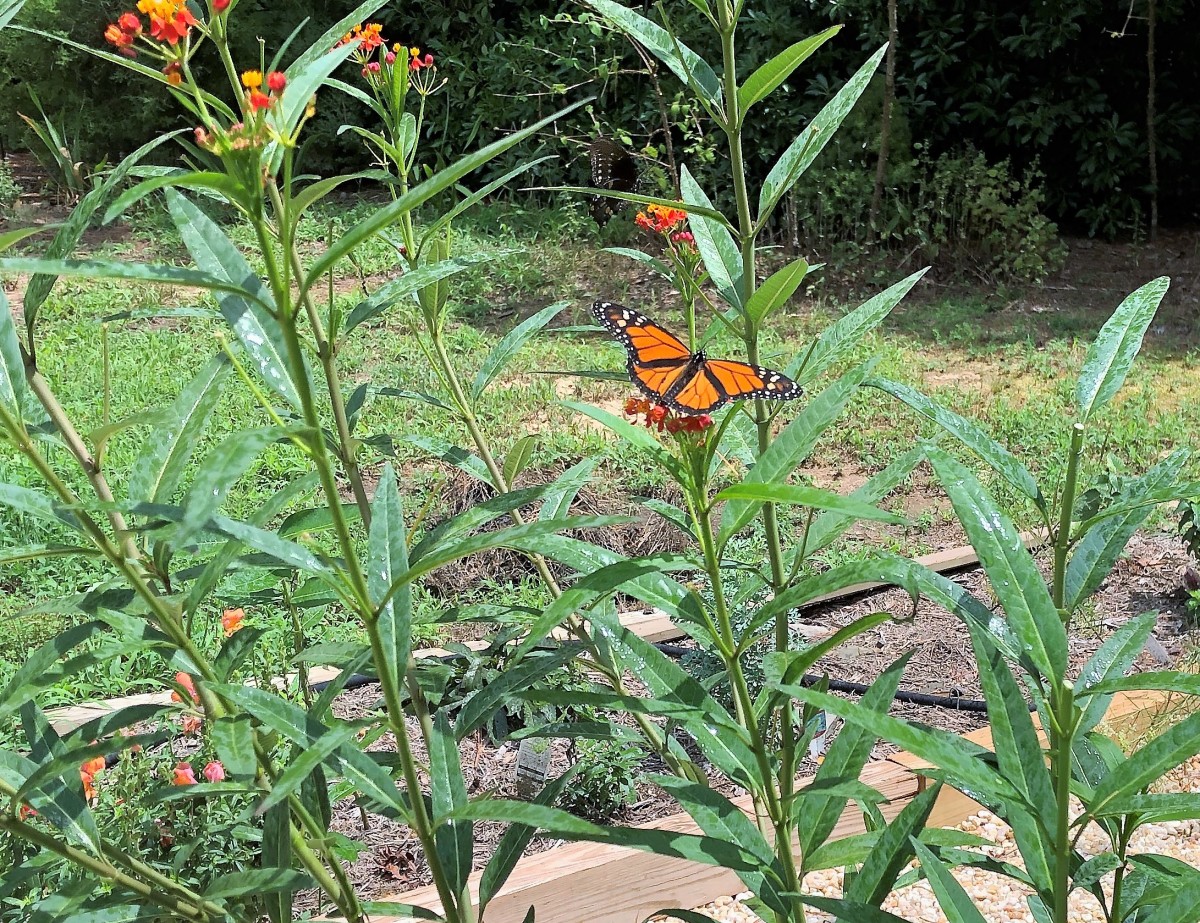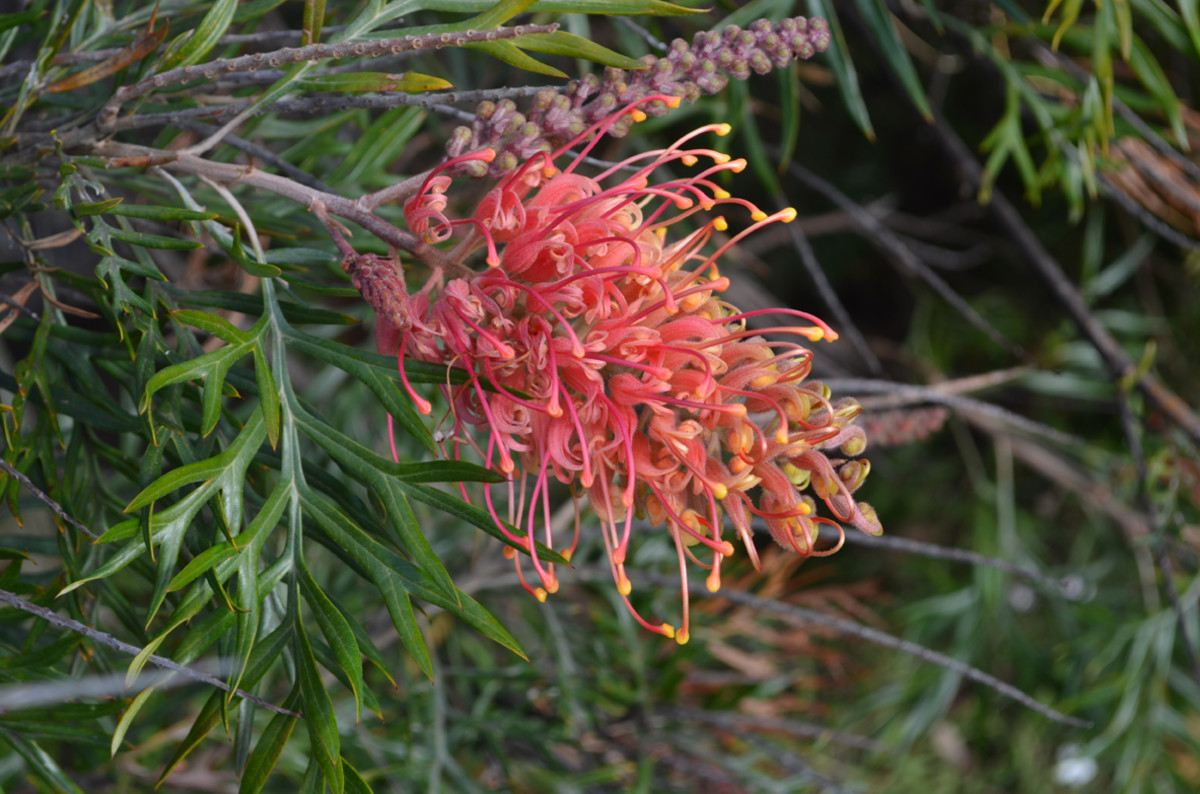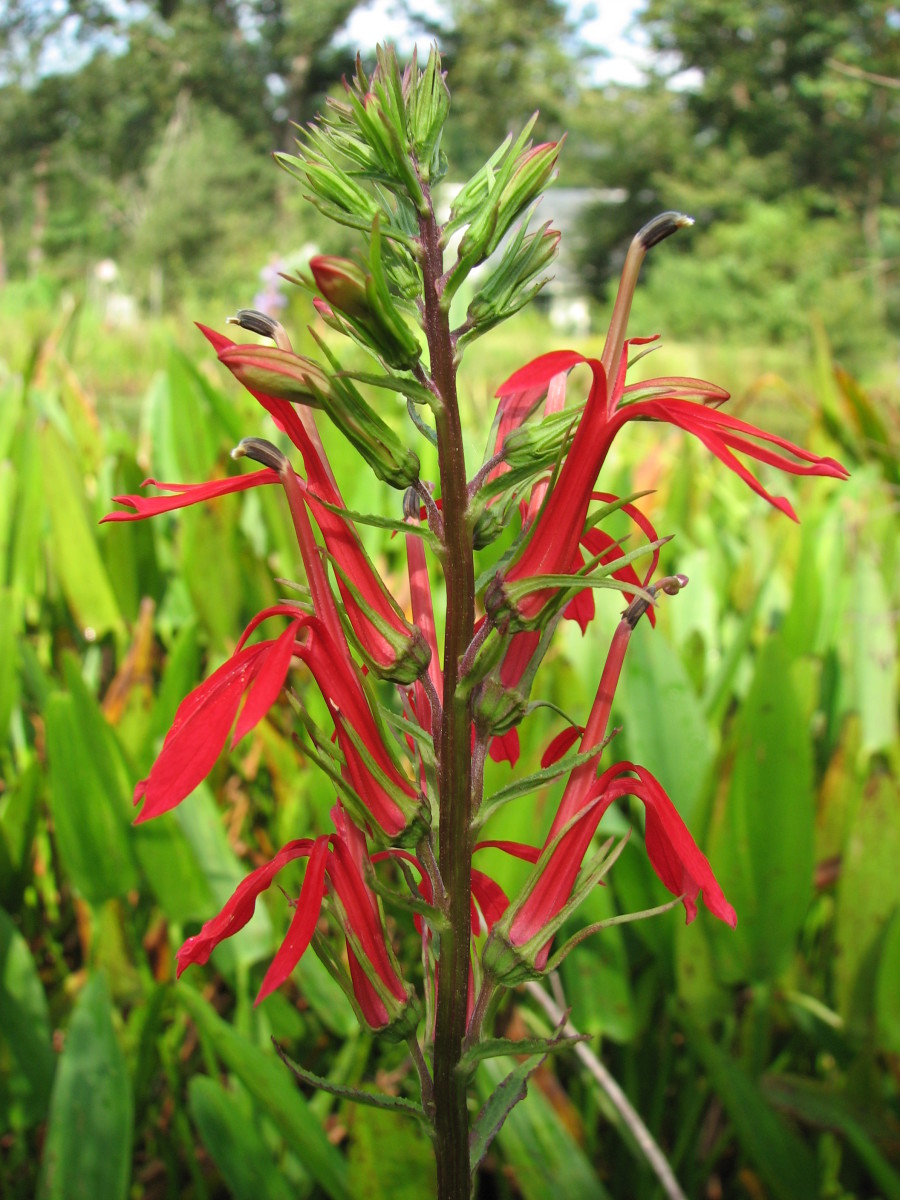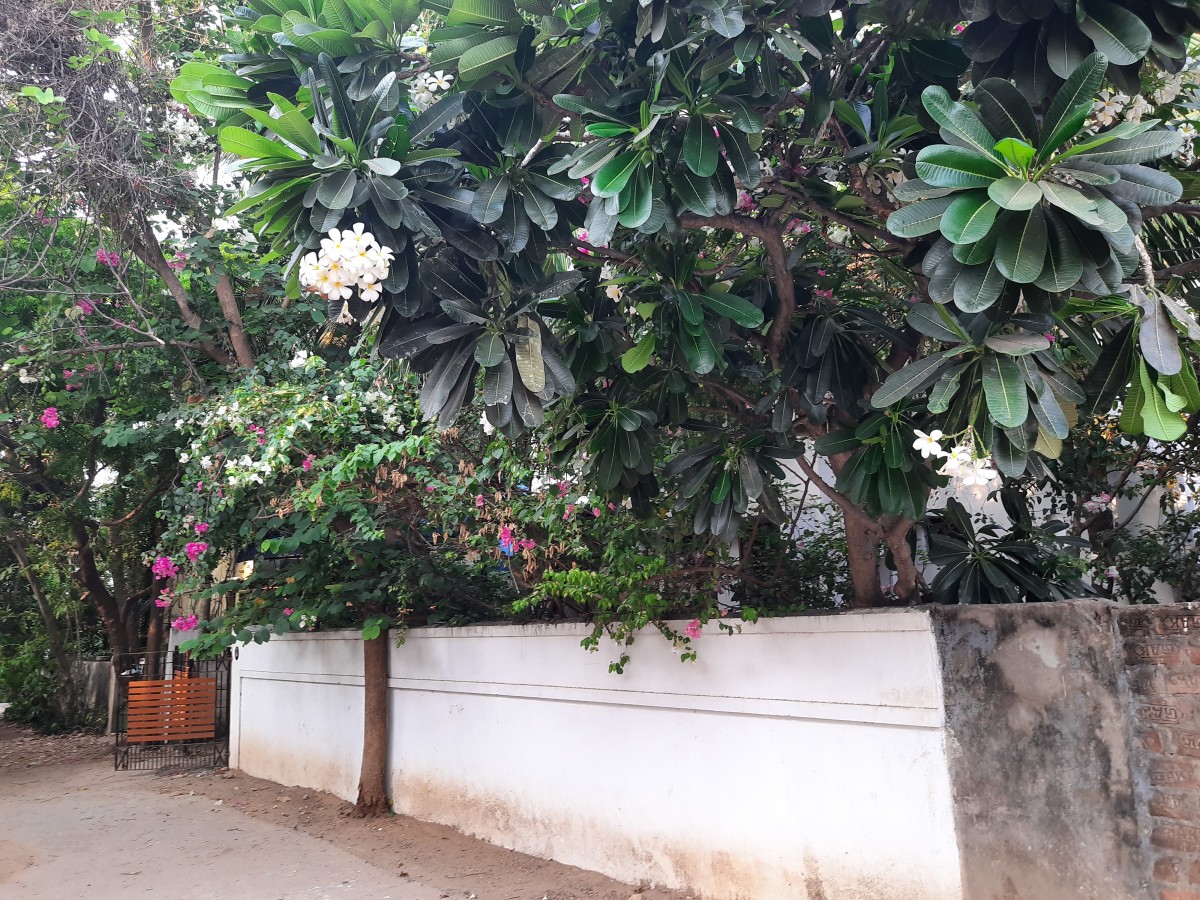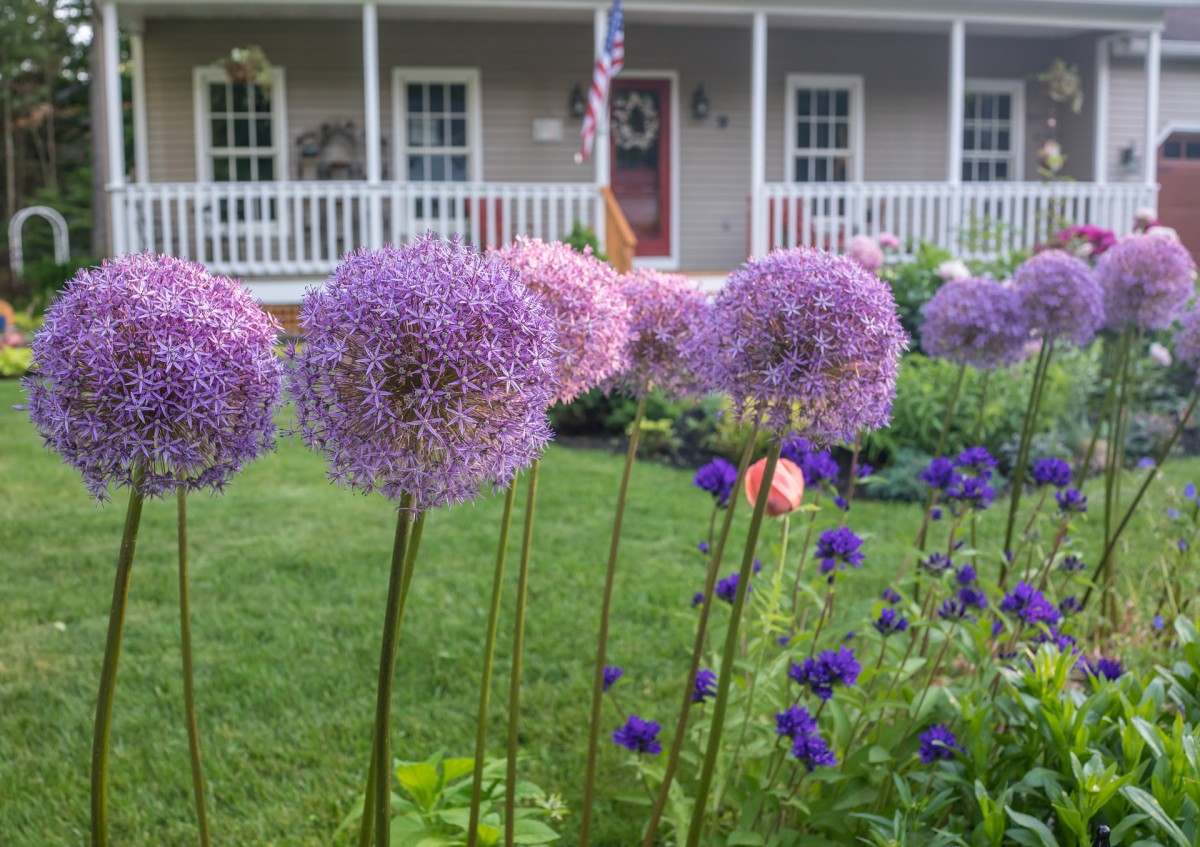Why Native Plants Are Important
Your Garden is an Ecosystem
What you choose to plant in the garden matters. Your garden is an ecosystem and you are one, a major one, but one of the ecosystem's components. Each change you make to the garden matters. When you add or remove plants you impact all the other beings that rely on your garden for food and shelter.
Ecosystems are complex, possibly too complex for us to be able to understand all the connections and actions and interactions that take place within them.
If we do not know what will happen if something changes, it makes no sense to rush in and make those changes.
Pollination:
Pollination is the transfer of pollen from the anthers of a flower to the stigma of the same flower or of another flower. Pollination is a must if the flower is to be fertilized.
Fertilization is necessary if the plant’s flower is to produce seeds and seeds are needed to produce more plants.
The honey bee is not a native to North America and our growing dependence upon the honey bee to provide pollination services as lead to our forgetting the native bees that are able to perform this function and in some cases even better than the honey bee.
Now, one way that the gardener can attract native bees such as the bumblebee or mason bee is to create a garden that appeals to them.
This is a fundamental principle for attracting any type of wildlife whether it is, bee or butterfly the garden will design a garden that meets the needs of the beings and they will move in.
Bees on Sunflowers
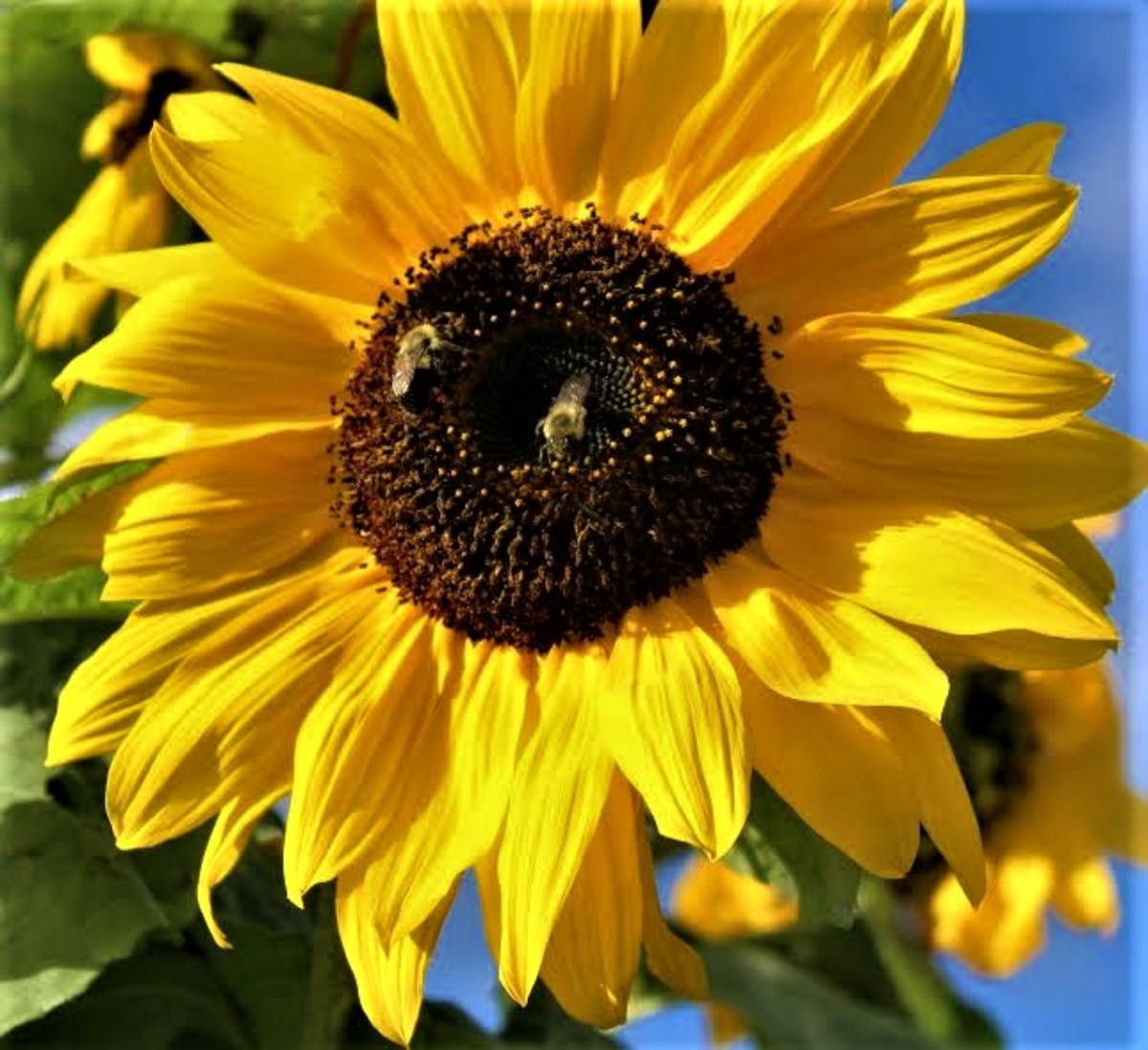
The Native Plant Garden
You do not have to include only native plants in the garden. If your garden is already established, no problem, add a few natives in the border or at the back, wherever they work best in the overall design.
If you include native plants that appeal to native bees and other pollinators in your garden you will be encouraging the native bees to visit and that is all you need them to do, drop by and do their thing and then move on.
If you grow vegetables on any scale adding some bee plants to the edges of your vegetable patch will bring the pollinators your way.
When you garden in this ecological manner, and by that I mean you think about creating an ecosystem rather than a garden, you move closer to being one with Nature and serving a vital role in the food chain that goes beyond personal consumption.
What the gardener is in fact doing is creating an ecosystem that meets the pollinators' needs. The pollinators reward the gardener by fertilizing the plants and thus making sure they grow and produce flowers or fruit.
The best way to attract native pollinators is first finding out what pollinators are native to where you live. Then find out what attracts them or what plants they like. A trip to the public library can help or horticultural society or perhaps even a garden centre.
The third step is to design a garden that incorporates a few of those plants that the bee is attracted to and plant them.
Creating a native plant garden is no different than creating any other garden. If you are new to gardening or looking for a refresher check this post out.
Ground Nesting Bees
When we talk about pollinators, the honey bee is usually the star. However, there are others. Bumblebees, beetles, orchard mason bees, butterflies and one that you rarely hear about ground-nesting bees.
Pollinators move pollen from the stigma to the anther, the female and male parts, respectively of flowers. This transfer is essential for plants to produce seed and fruit.
There are three types of ground-nesting bees. Digger bees (family Anthoporidae), sweat bees (family Halictidae), and mining bees (family Andrenidae).
Females dig their solitary homes in dry soil and mound the loose soil around the nest entrance. Pollen and nectar for her offspring are collected and stored.
While ground bees are solitary, it is to find dozens of ground bee nests in one area if conditions are suitable for nesting. Males may fly over the burrows, patrolling for potential mates.
Ground bee queens are docile. They present little or no threat to humans. The males may seem aggressive as they buzz around looking for a female, but they do not have a stinger.
Ground-nesting bees are active foragers of nectar and pollen from flowers, making them beneficial pollinators.
Their nests are small mounds of soil a few inches across. The nests may cause a visual concern for a while, they actually help to maintain a healthy lawn. The nests aerate the soil, enabling water to enter.
When the nests are abandoned in the spring, a rainfall will wash all traces away. If you can’t wait for nature, grab the hose and do the job yourself. But before you spray remember, these bees help you put dinner on the table.
While they may briefly detract from the aesthetics of a well-tended lawn, they do absolutely no harm to the grass or soil—even improving it as their nests function as aeration holes, improving the penetration of water and nutrients. Eventually, as the nests are abandoned after the spring nesting season, the soil washes back into place with rain, disappearing completely.
These are NOT docile ground-nesting bees, they are yellow-jackets and are bad-tempered and aggressive. Do not confuse them with docile ground-nesting bees or you will have a very bad day.
If you feel you must get rid of ground bees even for the brief time they live in your lawn, there is no need to use pesticides of any kind. Ground bees prefer dry soil to nest in, and simply watering the area that they have chosen will cause them to move to another area. If you find ground-nesting bees return to your lawn in large numbers year after year, run a sprinkler on the area before they show up; ground-nesting bees prefer dry soil to wet soil and will look elsewhere to make their nests. (Make sure that you are evicting ground bees and not yellow-jackets. Yellow-jackets reaction to a water eviction will not be “non-aggressive” by any means. A yellow jacket nest will look like a busy airport with many insects entering and leaving in a constant stream, and entrances can be well over an inch wide. Only one ground bee will be seen leaving and entering a hole only about ¼” wide.)
Even better, leave the ground bees to go about their business-they won’t be around long, and will even benefit your lawn and garden while they’re visiting. Just like robins, they’re another welcome sign of spring.
Canada: Native Bees
- The truth about bees | Canadian Geographic
To save the bees, we first need to understand them—and recognize their value independent of their role as pollinators
Native Plant Purple Coneflower
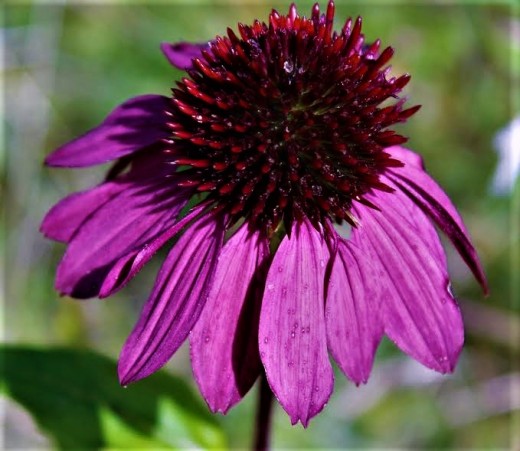
United States Native Bees
- Bee Pollination
Pollinators are responsible for assisting over 80% of the world's flowering plants to reproduce including animals that assist plants with their reproduction, as well as wind and water.
Why Natve Bees?
- Why native bees? | Our Habitat Garden
We're concerned not only about honey bees, but especially about native bees. We're creating habitat for native bees by providing food, water, cover, and a place to raise young. We're also using no pesticides and participating in citizen science proje

